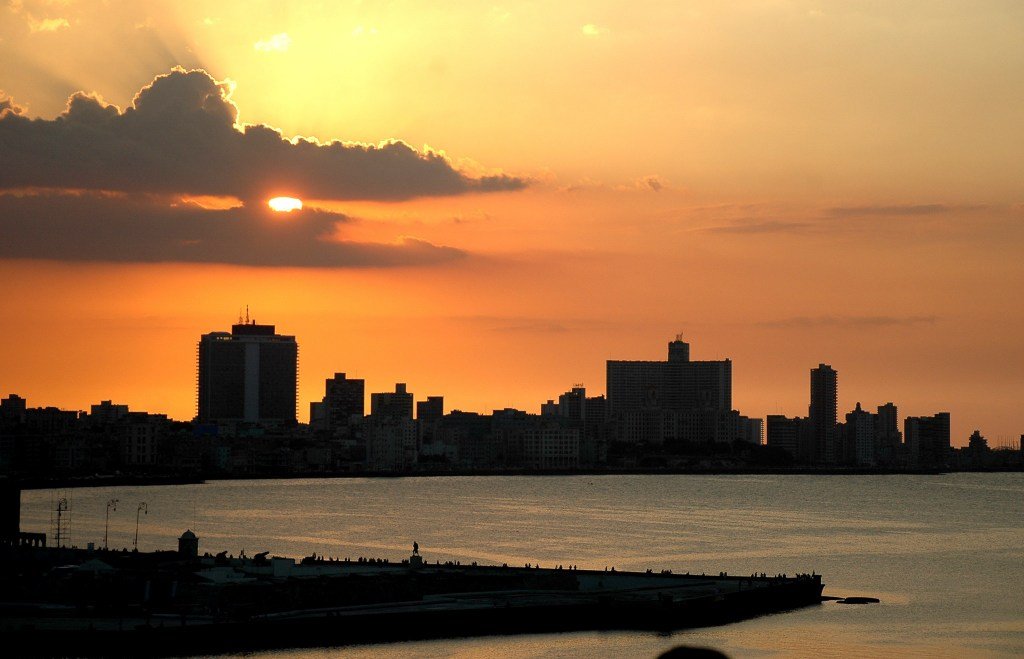In the year of the Lord of 1519 Hernán Cortés left Havana ready to take over Mexico, Magallanes sailed from Sanlúcar de Barrameda to go around the world, Charles V was elected emperor and Leonardo da Vinci died. Half a millennium later Havana began the celebrations of its birth with a devastating tornado. The omens were not good. However, in an unprecedented citizen mobilization, Havanans devoted themselves to the tasks of assistance and recovery from the destruction.
After many years of neglect and abandonment, the 500th anniversary favors a rehabilitation program that includes numerous repairs, makeup and some minor surgery (such as the water conductor for Old Havana). It is mostly an extended urban acupuncture program that, through a multitude of small interventions in grocery stores, shops, schools, polyclinics, homes, parks and hundreds of small facilities, covers practically the city’s entire fabric.
It has been proclaimed and reiterated that the program for the 500th anniversary aims to be not so much a culmination but a starting point of a long-awaited process of recovery of the city. But very few are those who know, if any, what that continuation is, what its objectives and ways of doing are. Since we don’t know, which is the last straw, the content of the recently approved City Master Plan is also publicly unknown. Where are we going? What are the priorities? What is the mid- and long-term policy for the city? What transformations await us?
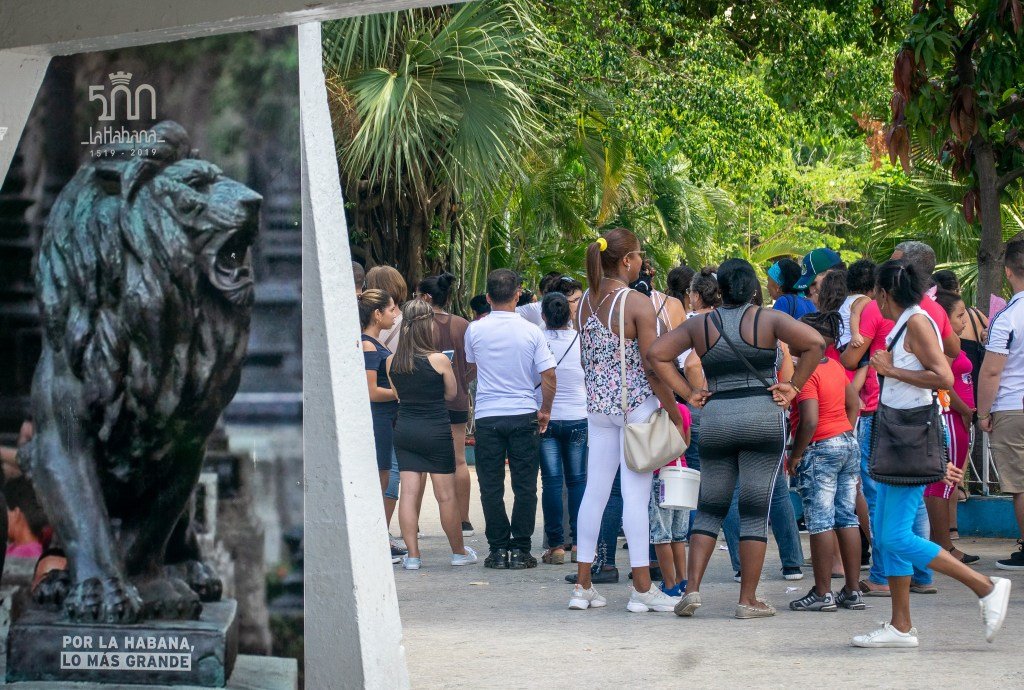
During the first half of the 20th century, the city of Havana absorbed a great deal of real estate investment―with 20% of the country’s population, it concentrated 50% of the built housing. In order to rebalance the territory, after the revolutionary triumph the proportion was reversed and the capital only received 10%, half of what it was due. The deplorable current state of the infrastructure and the housing fund of the city makes it impossible to continue with the same indolence and passivity, at the risk of losing the country’s greatest concentration of knowledge, employment, culture and heritage.
Given the absence of an open knowledge urban policy, it is urgent to present some ideas that encourage reflection and public debate in order to boost urban culture, build consensus and eventually influence decision making. There are many possible topics for debate, but there are some that stand out.
The crisis of the 1990s caused the industrial plant to collapse, causing a massive loss of facilities, production and jobs. Would a reconstruction effort be logical to recover what has been lost? Does it make sense that it is located in the urban fabric? At a time when cities, after having gone through two industrial revolutions―that of the steam engine and that of electricity―have evolved into a post-industrial era, based on the priority given to services and the power of information, knowledge and creativity, on what raw materials or technological niche would these supposed industries be founded?
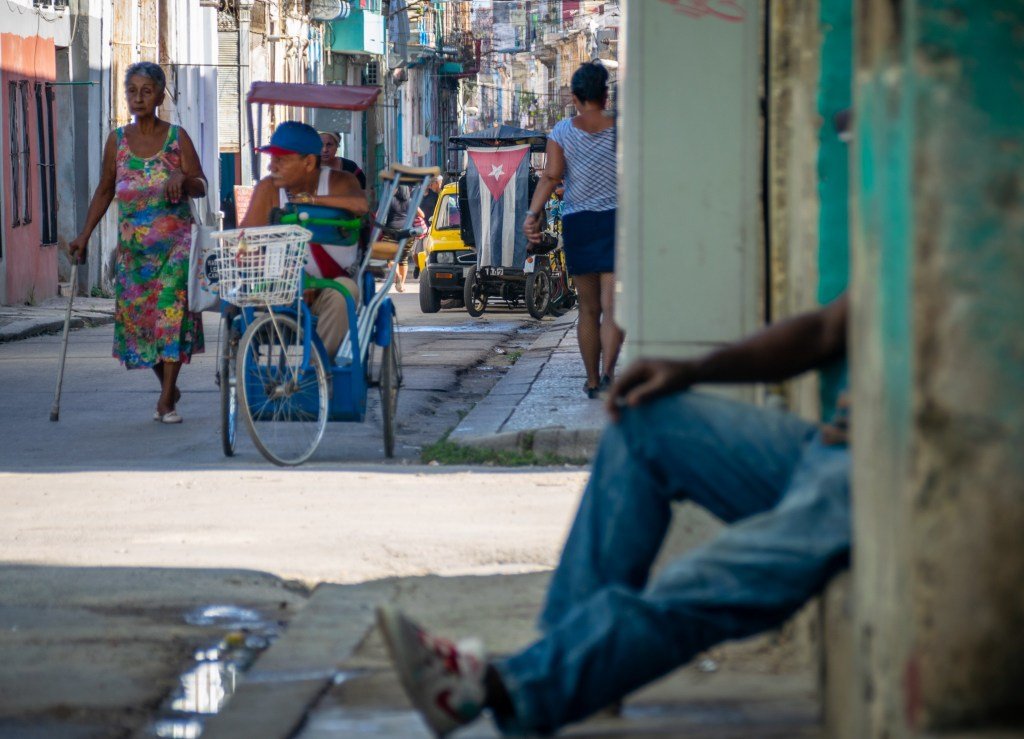
Wouldn’t it make more sense to take advantage of and encourage the infinite reserve of culture, knowledge and creativity of our people? It is about the “cultural industries,” such as the plastic and performing arts, entertainment (cinema, radio, television, series, electronic games), publishing, design, architecture, advertising, gastronomy…, and the so-called “economy of knowledge” based on education, research, medical services, robotics, computer science, nanotechnology or telecommunications.
That vast group also called creative economy is the one that should constitute the primary foundation of the future development of the city. It requires less material investment and produces greater added value than traditional industries, generates much less pollution, presents greater resilience to economic crises, allows for less dependence on imports and, most importantly, the comparative advantages of Cuba are extraordinary. An incentive and support program for this type of economy should be one of the priorities, which would include an update of the legal framework (for example, on copyright), of the institutional framework (the long-awaited legalization of small and medium enterprises), increasing Internet access and facilitating export to global markets.
Another problem that the city must face and solve is its efficient operation. The fact that every day a million Havanans lose at least two hours of their life in urban transportation is not only due to an insufficient automotive fleet. It is related in the first place to the extension of the city and the consequent distances to travel, as well as a better territorial distribution of employment and services.
It is known that the densest cities are the cheapest to operate. A lower surface consumption per inhabitant demands less kilometers of street to be built, a less lengthy aqueduct, sewage, drainage, power lines, gas lines, telephone lines, street lighting and, above all, it saves wasted time. And it must be taken into account that it is not only about the investment and construction costs, but also about the operating costs (the fuel for the buses, for example) and the maintenance and repair costs.
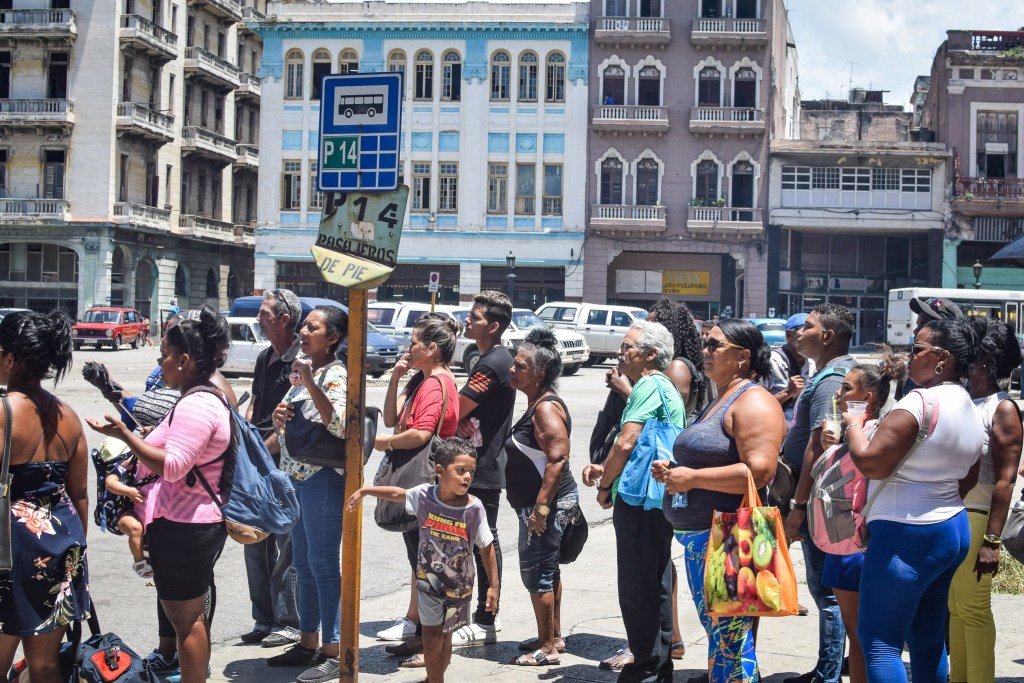
Havana is a very extensive city, with low density and long routes. Everything that is done to densify it, or at least to prevent its growth in extension, would save money and time. And not a little. For example, saving one hour of daily travel for Havanans would mean economically being able to build more than 12,000 homes each year (assuming an average hourly wage of 5 pesos per hour and a housing value of 150,000 pesos). One million hours equals more than one hundred years; one person dies every day.
It is worth presenting a vigorous program to take advantage of the innumerable empty spaces, abandoned buildings, unproductive facilities, that exist in the city and not move even another inch away from the central areas. It is necessary to avoid the repeated construction of communities on the outskirts of the city, it is necessary to build in the urban empty spaces, it is necessary to repair, rehabilitate, start up and, if necessary, create a tax for the possession of idle real estate and unused plots, especially for state entities.

The issue of equity and social justice is essential for the Revolution. There is still much to do in the city of Havana. Not only has the situation of the most vulnerable social groups (the elderly, immigrants, black population) worsened in recent years, but the distance and imbalance between the north and south of the city has increased.
There is a coastal Havana―in a lineal area that goes from Old Havana to Miramar, no more than a kilometer deep―that houses about 400,000 inhabitants and is the facade of the city, the Havana that everyone knows, the one which stars in movies, posters, videos, which concentrates history and exhibits monumentality, which occupies the urban imagination. But behind it, almost invisible, always forgotten and distant, there is another deep Havana that contains four times the population of the coast, that is, no less than 1.7 million inhabitants, who are also Havanans.
And while it is true that they contain similar levels in terms of grocery stores, schools, family doctors, polyclinics, etc., it is not so in terms of universities, galleries, bars and cabarets, theaters and museums, hospitals, and other higher services. Simply activate the map of an application like Alamesa to confirm that the vast majority of gastronomic facilities are crammed in that northern area. What tourist knows the districts of Cerro, Víbora, Santos Suárez, Marianao, or Güinera, Sevillano, Reparto Eléctrico, San Agustín, El Palmar, Coco Solo, La Lisa…?
If those from the south are as Havanans as those from the north, do they not deserve a program that reinserts them in citizen activities, that rescues their history, that recovers their local monuments, their valuable buildings, their public spaces and, at the same time, that facilitates its connection with coastal areas?
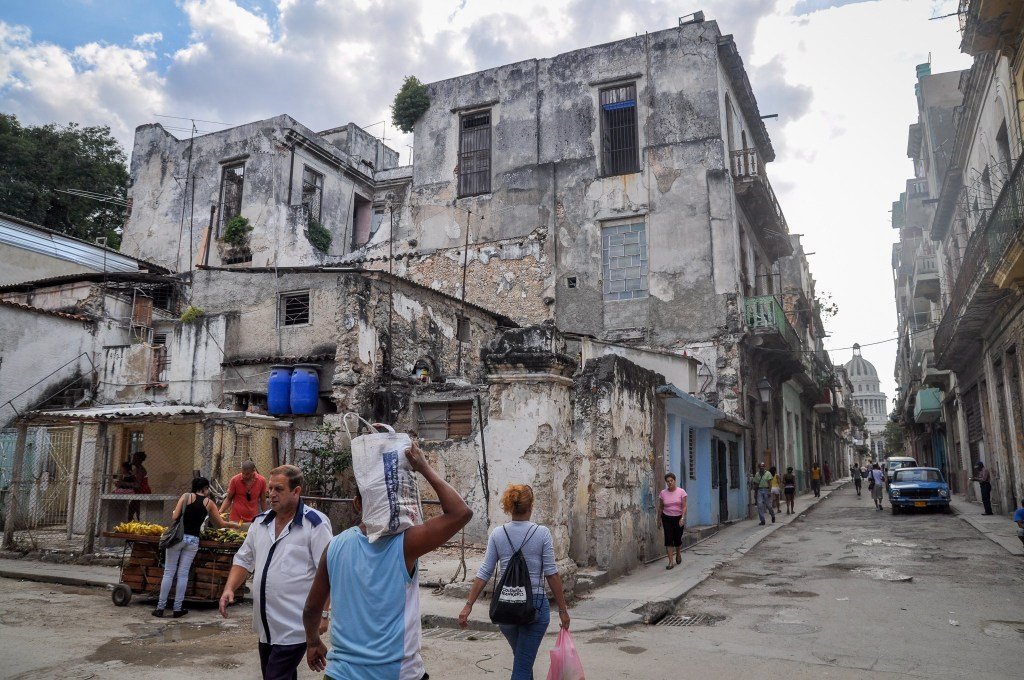
The issue of housing is already a chronic disease. Although a Housing Policy has been recently adopted (by the way, also not published), it is a national program of which some features are known: credits and subsidies for housing built by people’s own efforts, intensive use of local materials, a home per municipality per day. Once again, the specificities of Havana are forgotten. The typology that a family can build on its own is more like a rural home than an urban building.
How will families rehabilitate the multi-story buildings in the city center? How will the essential saving of space be achieved with thousands of one- or two-floor houses? It is a policy that can work in rural areas, but not in urban areas and very little in the capital.
This city requires a high density of social housing for rent built by the State, the authorization of housing cooperatives, that is, a specific policy. The inadequacy of a national policy is evident in many aspects.
One home per municipality per day privileges the least populated municipalities at the expense of the larger ones. For example, it means that in the municipalities of Havana only an average of 2.6 homes per year are built per thousand inhabitants, while in neighboring Mayabeque they would be 10.6.
On the other hand, the decision to authorize the purchase-sale of homes, that is, the real estate market, adds ingredients to take into account. It is a market segmented into two strata (one high, with foreign capital interference, and another national with lower prices), very concentrated in the capital and within it in the area to the north.
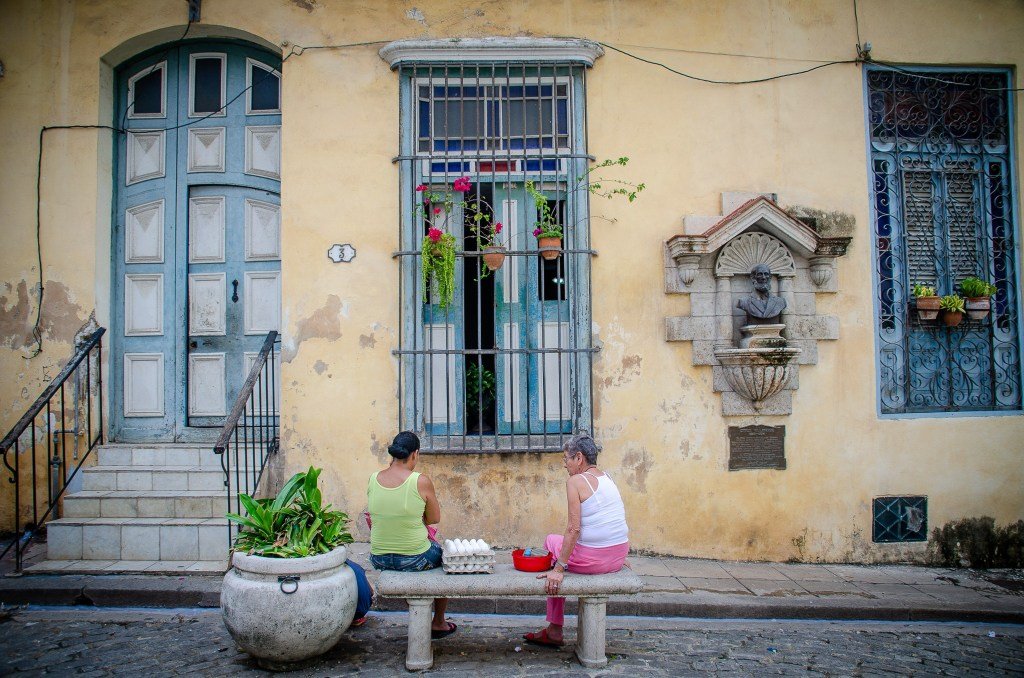
Gentrification processes are already perceived in some places and the lack of a regulation adapted to the existence of this market is also felt since the property registration has yet to be completed. There is no official information on the transactions, the land legislation is ambiguous, the assessments and valuations are outdated and the fiscal instruments would have to be completed. As if that were not enough, there are still absurdities and contradictions in the regulations themselves, such as those that authorize private gastronomy, but limit housing building permits (the restaurant in the living room of the house?). Or that of demanding adequate architectural projects, but not allowing the free exercise of the architect’s profession. A renewed specific housing policy is essential for the capital and perhaps for the provincial capitals, which takes into account its particularities. If it exists, why isn’t it public?
Another issue that has been gaining weight in recent years and that is very likely to become a central issue for the future of the city is that of it being a tourist destination and its proximity to a huge market banned for now.

The city is accommodating to it, both the state and private sector, foreseeing that in the not too distant future (2025?) the avalanche will be unstoppable. Everyone’s hands are twitching dreaming of profits, but few are preparing themselves for the enormous costs it can mean for all citizens who do not directly take advantage of tourism benefits.
Just look at how some cities are already dying from tourist success, such as Venice or Barcelona, where residents openly manifest―and sometimes violently: “tourists, go home!”―their hostility to those who have invaded and dirtied their city, have caused price and rental hikes, have saturated transportation, and have expelled residents to multiply tourist accommodations.
Is that what we want for Havana? The current impact is still low, but the potential is so high―you can imagine the attraction, tourist and real estate, which the progressively freed kilometers of coastline of the Havana bay represent…. A broad and informed public debate and a citizen consensus on how to carry out that process in the next few years, before it is too late, is indispensable.

Finally, the essential theme of the city’s own governance. The provisions of the new Constitution update and make complex an old debate. For a long time now, a double transformation has been demanded in the interested media: the decentralization of competence and resources towards local governments and the modernization of the administration. What does that mean?
On the one hand, it is essential that decisions on how to use the available resources are taken as closely as possible to those concerned. It is in the locality where problems are best known and where appropriate solutions can be built. But it should be clear that decentralizing competences and powers also means decentralizing the resources required to address them (1% of the territorial contribution is not enough to address the necessary investments).
The new Constitution defends municipal autonomy, but, once again, the general solutions are not adapted to particular situations. Although the city includes 15 municipalities, many of its problems are metropolitan. Road traffic, energy distribution, aqueduct design or university education cannot be solved at the municipal level.

Meanwhile, the provincial assemblies disappear, which leads to the paradox of a government of a city that does not respond to any assembly chosen by the people. The need for reflection on the institutionalism of the metropolitan government and the administrative political division of the city is obvious. Will we continue to govern and administer it by municipalities, by popular councils, by districts, by neighborhoods? At what level will the interlocution between the executive and the popular representatives occur? At what scale will the administration relate to citizens? What will be the territorial levels for popular participation? Havana is the only Cuban city that constitutes a province. Won’t it require a special statute?
On the other hand, the need to modernize public administration is already a universal claim, making it more efficient and closer to the citizen. The transition to computerization has already begun (automated registration, citizen portal, electronic government, one-stop window….). But it is obvious that it’s not just about that.
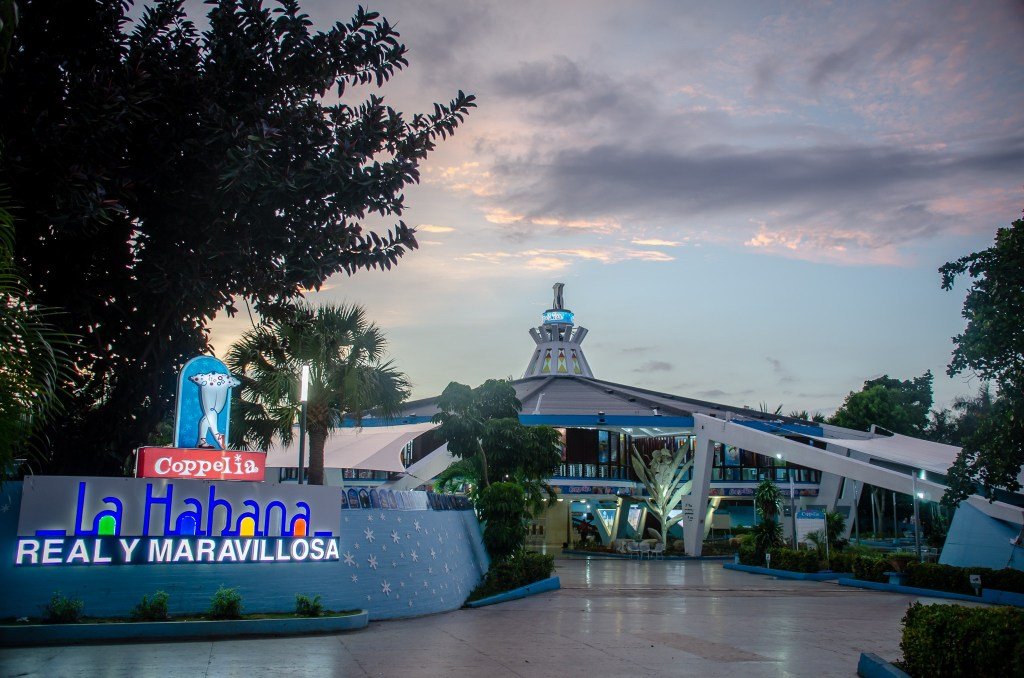
It is essential to have a cultural change of all personnel working in the public administration, who must understand that their function is not to distribute noes, but that they are there to serve the citizen, who are public servants, from the governor to the receptionist at the Municipal Housing Directorate or the Physical Planning inspector. That they must relearn to enjoy solving problems, facilitating efforts, saving time, making people’s lives easier.
They may have to unlearn many things, working conditions may have to be improved, wages may have to be raised, new skills and new feelings may have to be formed, but isn’t that what’s important? Isn’t it possible? Has it not been achieved in other countries? Wouldn’t it be worth the effort? Have we become so skeptical?
It is possible that these are not the only issues to be addressed, they may not be the priority, the most urgent or important, but when the celebrations, fireworks, expenses and speeches for the 500th anniversary are over and we have given “the greatest” for the city, perhaps it will be time to start reflecting on and discussing the life that goes on and turning that Havana is “mine, yours, ours” into a reality.
